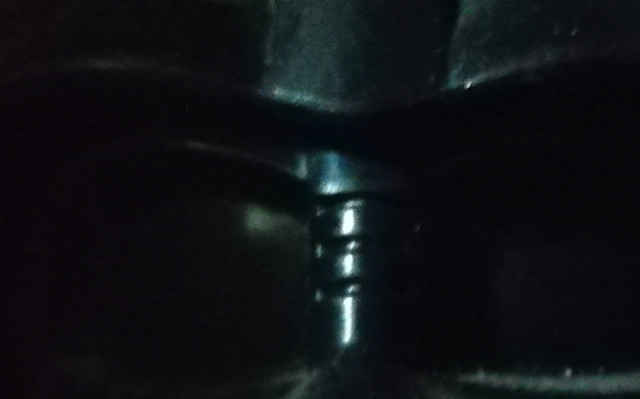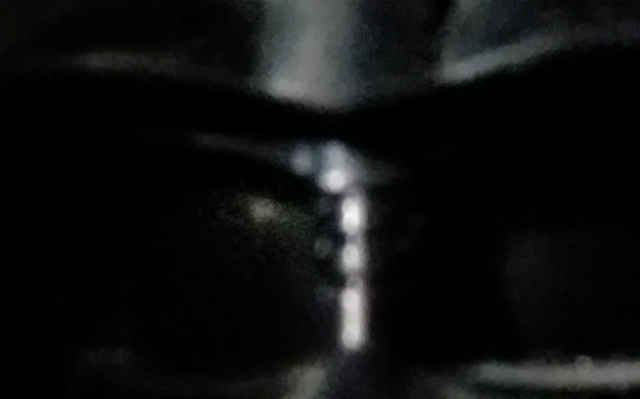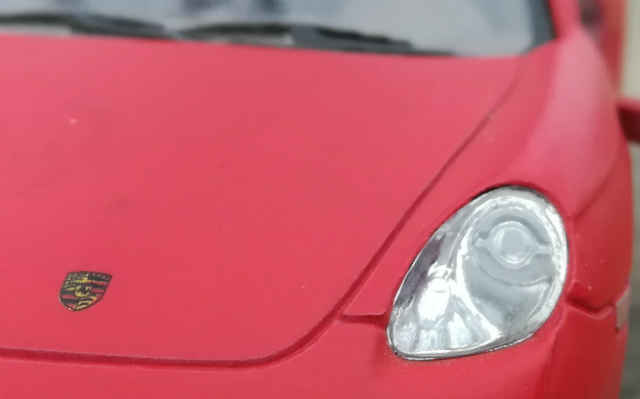Xiaomi Redmi Note 4 v. Honor 6X v. Coolpad Cool1: Camera Comparison
The Xiaomi Redmi Note 4 has presented a major improvement over its predecessor, while the Honor 6X has already been touted as a highly competent budget smartphone camera. How would these fare?

Back when the Xiaomi Redmi Note 3 made history of sorts last year, the only aspect that we really resented was the camera module. While it was arguably usable, the Redmi Note 3's camera was mediocre at best, and certainly ranked below many of the smartphones in its category.
 Survey
SurveyThis is one of the features that Xiaomi seems to have addressed with the new Redmi Note 4. Powered by a new Samsung ISOCELL image sensor, the Xiaomi Redmi Note 4 has attempted to improve the imaging performance by producing sharper edges, more vibrant colours, lesser noise, and even employ a better lens and a faster camera app.
In comparison, there are two other new launches that offer interesting camera experiences – the Honor 6X and the Coolpad Cool1. While both offer dual-camera modules with the primary camera module, each have different mechanisms. The Honor 6X uses an additional 2MP camera to add depth and other relevant details, while Coolpad Cool1 uses the more popular two 12MP sensors, one monochrome and the other regular.
Part 1: Details and Sharpness
The Xiaomi Redmi Note 4 is a major improvement over the underwhelming and inconsistent imaging performance of the Redmi Note 3. The Redmi Note 4 produces finer details, retaining more information in photographs. It fares better with smaller, intricate textures, and also retains better details in shadows and dark areas in brightly lit frames. However, there is still a definite lack of sharpness in subjects with intricate details, with fine outlines of smaller elements in frames appearing soft and slightly sketchy. It also renders appreciable details in dimly lit frames, although sharpness is understandably compromised.

The Honor 6X, meanwhile, renders comparatively better details and sharpness than photos shot by the Xiaomi Redmi Note 4. Finer details are almost comparable, with the Honor 6X producing slightly better outcomes. The main difference between the two, in brightly lit and dimly lit frames, is in sharpness, where the Honor 6X produces evidently sharper results.

The Coolpad Cool1 ranks third here, owing to lesser details and compromised sharpness in all scenes, across all lighting conditions. There is a distinct softness in edges, and most intricate details look marred. There is a decent amount of details on standalone terms, but fails in comparison to the other two phones here.

Part 2: Colours
The Xiaomi Redmi Note 4 produces decent colours in terms of depth and dynamic range. Bold colours look sharp and offer good details of varying shades of the same colour, along with superior dynamic range. This particularly shows when you are shooting at objects with varying shades of the same colour, complete with sharp textures and a good mix of warm and cool shades. The Redmi Note 4 evidently makes warmer colours appear a tad too oversaturated (more on this later), while even cooler shades appear slightly warmer. Shadows are also rendered in decent details, and highlight clipping is limited.

The Honor 6X, in comparison, produces similar depth and dynamic range of colours, without the oversaturation bit. There is a good range of details in colours, along with well-maintained contrast and vibrancy. The colours themselves are close to source, which also leaves higher room for post-processing. Saturation levels are close to source, and bold colours retain their tone well without looking too sharp.

In such comparison, the Coolpad Cool1 looks rather bleak. There is an added sense of warmth to every colour, which in turn make most colours appear a bit off-mark. Alongside, most colours appear lacklustre, particularly cooler shades. The colours rendered by the Cool1 are not exactly accurate, and lesser dynamic range of colours also limit the detailing of shades in photographs.

Part 3: Image Noise
Pixel noise attenuation, for the most part, is reasonably competent. Most photographs shot with ample light look clean at first sight, although there is a persistent presence of fine noise even in well-lit frames. This affects the sharpness, and in low light, the noise produced can be post-processed and salvaged into considerably smooth filter masks.

The Honor 6X has superior noise reduction algorithms, which produce inherently ‘cleaner’ frames than the Xiaomi Redmi Note 4. Low light performance of image noise is close to the Xiaomi Redmi Note 4, and the real calibre of the Honor 6X’s image noise performance shows in its limited ISO level shooting in complete auto, in most scenes.

The Coolpad Cool1 is, yet again, comparatively inferior. It produces more pixel noise even in daylight, and low light performance is heavily compromised. In brightly lit scenes, the presence of fine noise leads to softness of subjects, and the impact is highly discernible.

Part 4: White Balance
One of the strongest elements of the Xiaomi Redmi Note 4's imaging performance is its white balance algorithms, which automatically calibrate the colour temperatures fairly accurately. It produces well-balanced tones in accordance with the ambience, and neither does it overpower with warmth nor desaturate photos.

The Honor 6X is equally adept at adjusting white balance accurately, although we do prefer the slightly warmer tones produced by the Redmi Note 4. Nevertheless, the Honor 6X detects scenes well, and accordingly adjusts white balance to reproduce the ambience in its photographs.

The Coolpad Cool1 somewhat sticks out among the three, producing evidently higher warmth in all photographs that it shoots. While many may like this element, it is important to note that this leads to off-mark ambience, that majorly impacts photos shot here in comparison to the others.

Part 5: Contrast, Saturation, Vibrancy
While much of this has already been discussed under 'Colours', the Xiaomi Redmi Note 4 shoots photographs with good levels of contrast, rich vibrancy and a definite tinge of oversaturation. The slightly high contrast levels produce crisp blacks and rich, bold colours. While these two elements help make photos shot here rich and taut, the oversaturation of colours make photos look too vivid. Toning down saturation levels in post-processing in accordance with vibrancy and contrast often lead to over-sharpening of edges, and also produce pixel noise, which is not favourable.
The Honor 6X succeeds in maintaining contrast levels and vibrancy in colours, while controlling any traces of oversaturation for the most part. This allows the camera to produce truer tones, along with sharp, rich colours and amply deep blacks. The lack of oversaturation also allows better post-processing of photos here.
The Coolpad Cool1, like stated before, tends to lower the level of contrast in bold colours. There is a tinge of added warmth and slight oversaturation, and vibrancy seems comparatively compromised, too. All of these elements add up to make colours produced by the Cool1 somewhat off-mark, and inferior to the Honor 6X and the Xiaomi Redmi Note 4.
Inference
The Honor 6X is clearly the more balanced unit here, and wins our verdict of being the better imaging performer among the three. However, the Xiaomi Redmi Note 4 is not too far behind. It loses out primarily on account of lesser sharpness, slightly higher image noise and the very evident oversaturation. The Coolpad Cool1 loses out among the three here, and all of this combined make the Honor 6X the definite better smartphone camera module in the sub-15k range.